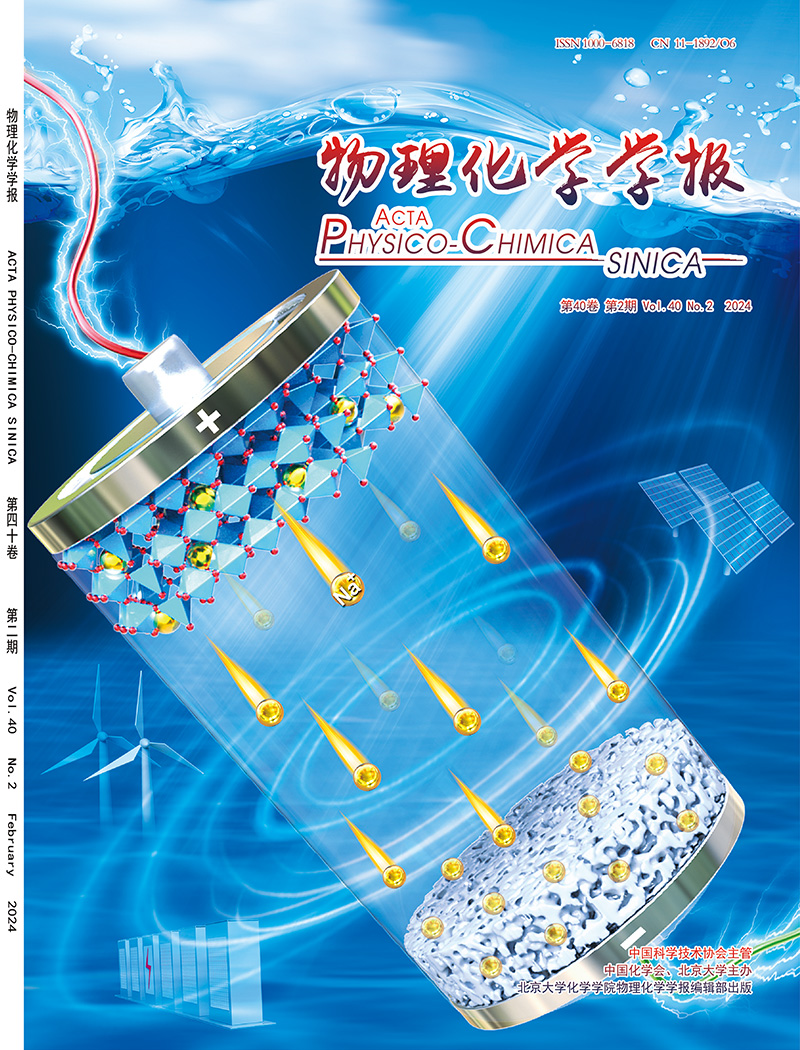Progress on self-powered photodetectors based on low-dimensional materials
IF 10.8
2区 化学
Q1 CHEMISTRY, PHYSICAL
引用次数: 0
Abstract
In recent years, there has been a growing interest in self-powered photodetectors, which can detect light without needing an external power supply. This unique feature makes them highly attractive for addressing the current energy shortage and the future demand for miniaturized devices. Among various design approaches for self-powered photodetectors, the use of low-dimensional materials holds great promise. Low-dimensional nanomaterials offer several advantages for self-powered photodetectors. They can be assembled into large area ordered structures such as ultra-thin layers, nanowire arrays, and quantum dot superlattices. Additionally, their atomic-level thickness provides a large specific surface area and facilitates integration with other materials. By combining different low-dimensional materials with complementary enhancements in bandgap, carrier transport rate, and light collection efficiency, the performance of self-powered photodetectors can be significantly improved. These devices can be scaled down to micro-nano levels while taking advantage of the adjustable bandgap, wide spectral response, high carrier migration rate, and high light absorption efficiency offered by low-dimensional materials. This article introduces the performance metrics of photodetectors, including photoresponsivity, noise equivalent power, detectivity, and response time. It then discusses the latest advancements in self-powered photodetectors based on 0D, 1D, and 2D materials. In the section on 0D material self-powered photodetectors, the device structure design using 0D materials as heterojunction components and doping materials is presented, highlighting their respective advantages. The section on 1D material self-powered photodetectors summarizes three main device structure types: planar, vertical, and core-shell, along with their individual advantages. The focus is placed on the content related to 2D material self-powered photodetectors. Graphene, transition metal dichalcogenides (TMDs), and black phosphorus are the most widely used 2D materials, and their preparation methods and the latest advancements in self-powered photodetectors are discussed. The controllable diversity in electrical properties resulting from interlayer interactions in two-dimensional materials offers great potential for new principles and multifunctional electronic devices. Finally, the article summarizes and discusses the key challenges and future development directions for self-powered photodetectors based on low-dimensional materials. In summary, the utilization of low-dimensional materials in self-powered photodetectors presents a promising direction for the development of advanced optoelectronic devices. By utilizing the unique properties of these materials, such as their atomic-level thickness, large specific surface area, and controllable electrical properties, significant advancements can be made in the field of self-powered photodetectors. The challenges associated with these materials, such as their complex fabrication processes, will need to be addressed to fully realize their potential in practical applications.

基于低维材料的自供电光电探测器研究进展
近年来,人们对自供电光电探测器越来越感兴趣,这种探测器可以在不需要外部电源的情况下探测光。这种独特的特性使它们在解决当前的能源短缺和未来对小型化设备的需求方面具有很高的吸引力。在各种自供电光电探测器的设计方法中,使用低维材料具有很大的前景。低维纳米材料为自供电光电探测器提供了几个优势。它们可以组装成大面积有序结构,如超薄层、纳米线阵列和量子点超晶格。此外,它们的原子级厚度提供了较大的比表面积,便于与其他材料集成。通过将不同的低维材料结合在一起,在带隙、载流子输运率和光收集效率方面进行互补增强,可以显著提高自供电光电探测器的性能。这些器件可以缩小到微纳米水平,同时利用低维材料提供的可调带隙、宽光谱响应、高载流子迁移率和高光吸收效率。本文介绍了光电探测器的性能指标,包括光响应性、噪声等效功率、探测率和响应时间。然后讨论了基于0D、1D和2D材料的自供电光电探测器的最新进展。在0D材料自供电光电探测器部分,介绍了采用0D材料作为异质结元件和掺杂材料的器件结构设计,突出了各自的优势。一维材料自供电光电探测器一节总结了三种主要的器件结构类型:平面、垂直和核壳,以及它们各自的优势。重点放在与二维材料自供电光电探测器相关的内容上。石墨烯、过渡金属二硫族化物(TMDs)和黑磷是应用最广泛的二维材料,本文讨论了它们的制备方法和自供电光电探测器的最新进展。二维材料层间相互作用导致的电性能可控多样性为新原理和多功能电子器件提供了巨大的潜力。最后,对低维材料自供电光电探测器面临的主要挑战和未来发展方向进行了总结和讨论。综上所述,低维材料在自供电光电探测器中的应用为先进光电器件的发展提供了一个有希望的方向。利用这些材料的独特特性,如原子级厚度、大比表面积和可控电性能,可以在自供电光电探测器领域取得重大进展。需要解决与这些材料相关的挑战,例如其复杂的制造工艺,以充分实现其在实际应用中的潜力。
本文章由计算机程序翻译,如有差异,请以英文原文为准。
求助全文
约1分钟内获得全文
求助全文

 求助内容:
求助内容: 应助结果提醒方式:
应助结果提醒方式:


